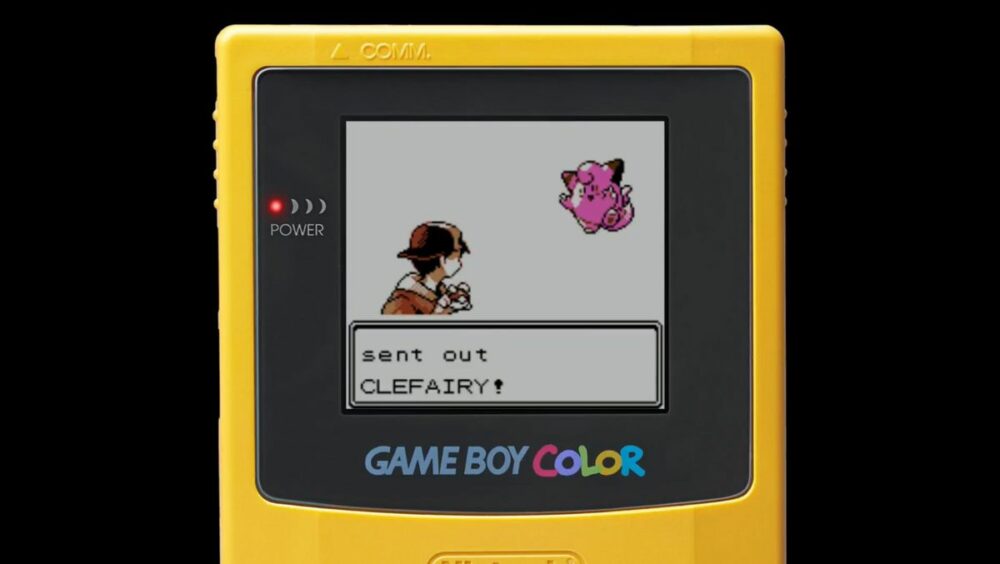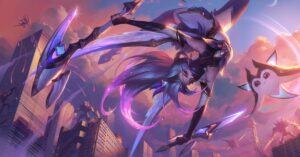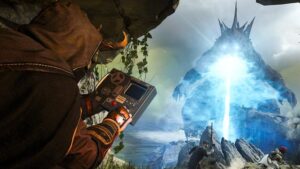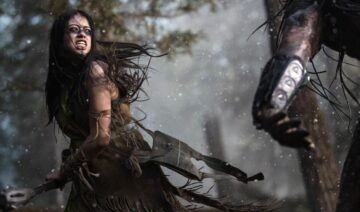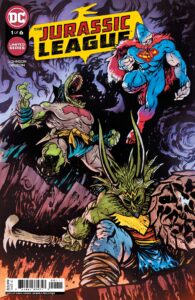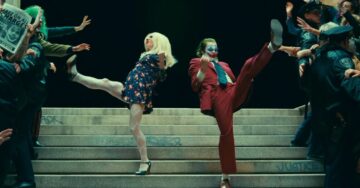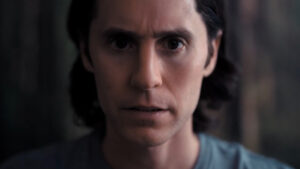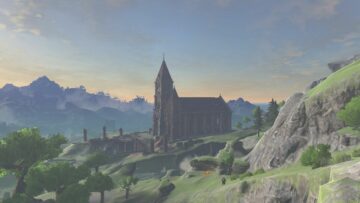The world of Pokémon animation, for a long time, always seemed to have two different directives in the wider scheme of the franchise — it constantly needed to be both an introduction and an alternative. It had served as a sort of Pikachu-filled warmup in the most literal sense, debuting a few weeks before the Pokémon games did in the United States as a teaser taste for the “Pokémania” to come. And from then on, with a more obvious focus at younger audiences, it would always be a great way for youngsters to get their feet wet before they jumped into actually taking a role themselves.
Meanwhile, even while serving as a loose adaptation of the games, the journey of Ash Ketchum was filtered through the eternal fourth grader. Even as he served to represent every new kid getting into Pokémon for the first time, it was still his story and his lessons to learn. Ash was inextricably tied to Pokémon’s animation output.
However, a lot has changed over the past few years, and the evolution and expansion of Pokémon’s animation output has led to it becoming perhaps the most consistently surefooted and diverse pillar of the franchise. Pokémon animation has never just been Ash, and a glance over its 25-year existence reveals a smorgasbord of cartoon pocket monsters, many drawn in service of blatant advertising — things like teasers for video games or this oddly well-animated commercial for Chef Boyardee. That’s no longer the case, though, and just by looking at the recent series Paldean Winds, we see a company taking full advantage of a medium’s potential and the many sections of its ravenous fan base.
Like Twilight Wings, a recent Pokémon series that told an anthology of stories set within the Galar region (and featuring characters that players of Pokémon Sword and Shield were likely very familiar with), Paldean Winds is another series that takes place in the world of the games and is adjacent to their action. Paldea, the setting of the latest games, Scarlet and Violet, is ripe for this kind of storytelling, and the first episode is charming without leaning too hard on referencing the Nintendo Switch adventures. Central characters from the games, like the battle-hungry Nemona and troubled Arven, are featured here, but the protagonist is an original character that goes through her own emotional arc.
[embedded content]
Animation that ties back into the games rather than serving as a substitute isn’t a new concept. Miniseries that directly adapt portions of the games while illuminating (or inventing) certain new details have been a staple since 2013. Pokémon Origins told an abridged version of the story of Pokémon Red and Green, the first Pokémon titles, while also highlighting some updated features from the new (at the time) Pokémon X and Y. In 2016, Pokémon Generations would tackle 18 stories set across six Pokémon “generations,” with many revealing a kind of “untold” portion of part of the games’ narratives.
For instance, the third episode, “The Challenger,” displayed how your rival from Red and Blue trounced the Elite Four in order to become the final boss of the game. The fifth episode, “The Legacy,” dove into the backstory of angsty Silver, your rival from Pokémon Gold and Silver, and his relationship with Giovanni, Team Rocket’s boss and his father. It’s the kind of thing that, since 1996, fans have spent countless hours theorizing about, gluing little bits of lore together to find a wider picture. To see it animated is surely a present, but it shows Pokémon’s dedication to its own mythology. It’s an acknowledgment of a thing that hardcore fans already know — there are much deeper roots to these stories than just “Gotta catch ’em all.”
Evolutions worked in similar ways, elaborating on the world of the games, and Hisuian Snow dropped little background hints that connected to the prequel game Pokémon Legends: Arceus. These series tend to assume that the audience has already played the games as a precursor, but they’re often so lavishly produced (Evolutions and Twilight Wings, especially, are absolutely gorgeous, with movie-quality direction) that one doesn’t necessarily need to experience other Pokémon titles to enjoy them. Like Paldean Winds, they’re full of Easter eggs, but that’s rarely the main draw. Instead, for episodes like Evolutions’ “The Show,” they’re a chance to bask in a fully formed world that, for many, previously only existed within the 8-bit realm of a Game Boy.
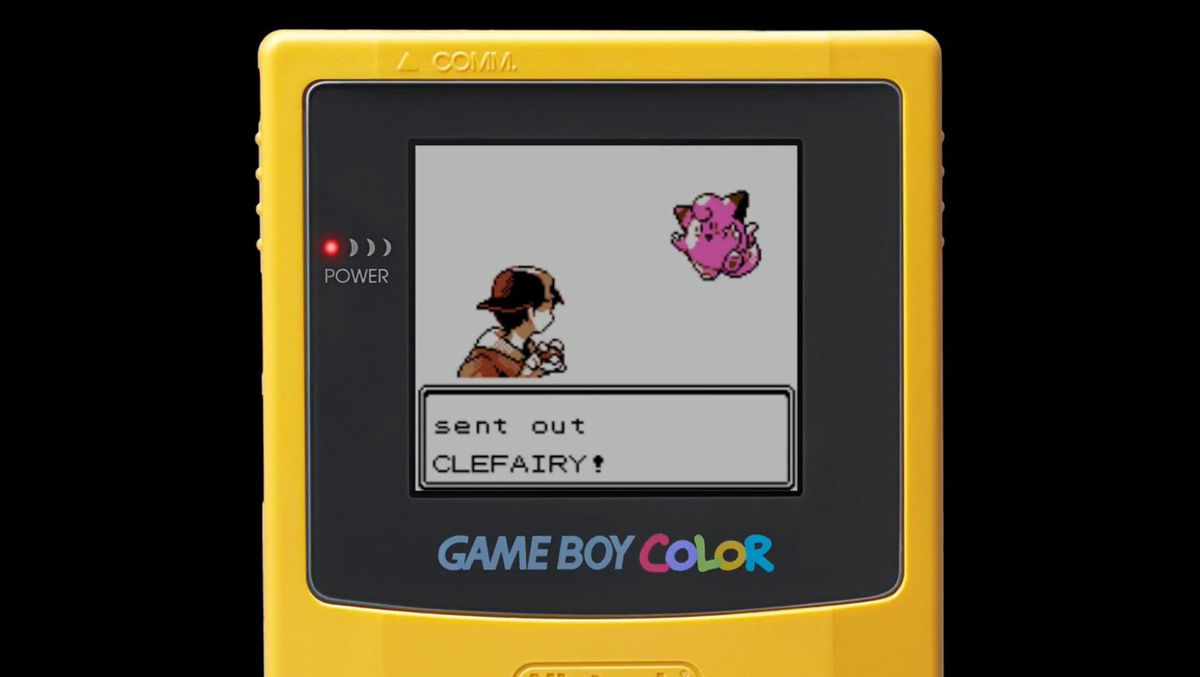
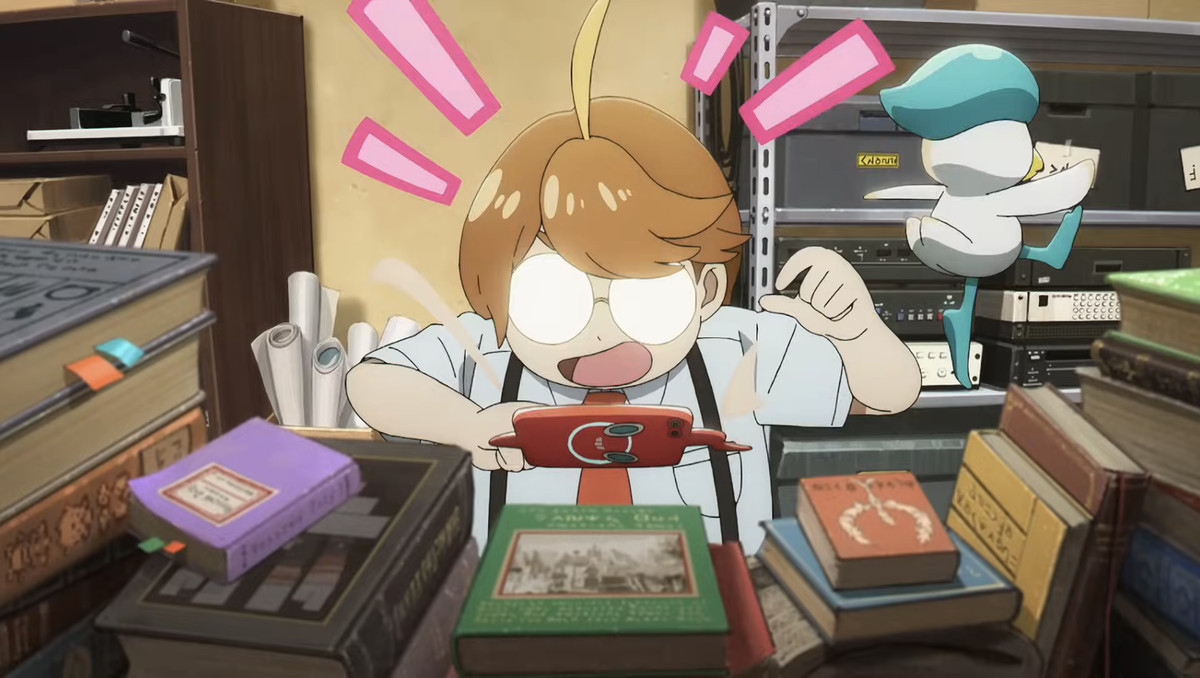
Animation aimed at new fans who weren’t around when you traded with a link cable has proliferated, too. There is variety of styles of display in Pokétoon (“Scraggy and Mimikyu” resembles 1940s “rubber hose” animation, “The Pancham Who Wants to Be a Hero” looks akin to a storybook, and “Wait for Me, Magikarp!” is a dialogue-less, music-driven triumph), while Bidoof’s Big Stand is pure slapstick. The recent Path to the Peak takes place in the real world, with a main character that desperately wants to become good at the Pokémon Trading Card Game. Thankfully, it’s vibrant enough that even its more commercial elements get lost in a young girl’s quest to find a hobby (and community) to feel a part of.
One might think that these series correlate with Ash Ketchum being put out to pasture as Pokémon’s leading anime figure (in Japan, the main anime has been replaced by Pokémon Horizons, a region-hopping series with new protagonists, though the series hasn’t yet debuted in the U.S.). But even the final few episodes of Ash’s journey, ones labeled “To Be a Pokémon Master,” relish in a relaxed sense of storytelling that is far more low-key than the flashy climax of his recent world championship win. Instead, with former companions Brock and Misty at his side, he embarks on the kinds of episodic odysseys that marked the late ’90s. It diverts from expectations, instead favoring a comfy victory lap for those that have stuck by Ash for this long. Years ago, it would’ve seemed like a character sputtering out in his last days, but when compared to the recent ambition of other animated series, it becomes one more singular offering.
The move to fully 3D games and a true open-world experience has occurred simultaneously with these changes in Pokémon animation. But this transition has been marked by signs of pushed limits — in the days following its release, Scarlet and Violet became just as well known for funny glitches that players encountered as the breezy sense of exploration that they offered. In both the developmental side and in regard to player experience, the games seem to be in the midst of intense growing pains. For so long, the games felt like the confident nucleus of the Pokémon cell, but Scarlet and Violet proved that they still remain ripe for perfecting and even reinvention.
Pokémon animation, on the other hand, is providing a wider spectrum of opportunity for its audience than ever before. Never has there been this many options, and no longer is it defined by one character or how much it differs from the games. Instead, it places value on both Pokémon veterans and newcomers, taking the former theme song verse of “We all live in a Pokémon world” and running with it.
- SEO Powered Content & PR Distribution. Get Amplified Today.
- PlatoData.Network Vertical Generative Ai. Empower Yourself. Access Here.
- PlatoAiStream. Web3 Intelligence. Knowledge Amplified. Access Here.
- PlatoESG. Automotive / EVs, Carbon, CleanTech, Energy, Environment, Solar, Waste Management. Access Here.
- PlatoHealth. Biotech and Clinical Trials Intelligence. Access Here.
- ChartPrime. Elevate your Trading Game with ChartPrime. Access Here.
- BlockOffsets. Modernizing Environmental Offset Ownership. Access Here.
- Source: https://www.polygon.com/pokemon/23870326/pokemon-tv-show-paldean-winds-animation-ash
- 1996
- 2013
- 2016
- 3d
- a
- About
- absolutely
- across
- Action
- actually
- adapt
- adaptation
- adjacent
- ADvantage
- Advertising
- ago
- aimed
- All
- already
- also
- alternative
- always
- ambition
- an
- and
- animated
- Animation
- anime
- Another
- ARE
- around
- as
- assume
- At
- audience
- audiences
- back
- background
- base
- BE
- become
- becomes
- becoming
- been
- before
- being
- BIG
- both
- brock
- but
- by
- cable
- card
- cartoon
- case
- Catch
- central
- certain
- Challenger
- Championship
- chance
- changed
- changes
- character
- characters
- come
- commercial
- community
- companions
- company
- compared
- concept
- confident
- connected
- consistently
- constantly
- content
- dancing
- days
- debuted
- debuting
- dedication
- deeper
- defined
- desk
- desperately
- details
- DID
- different
- direction
- directly
- displayed
- diverse
- dove
- draw
- drawn
- dropped
- Eggs
- elements
- elite
- embedded
- Emotional
- enjoy
- enough
- episode
- especially
- even
- EVER
- Every
- evolution
- existence
- expansion
- expectations
- experience
- exploration
- familiar
- fan
- fans
- far
- featured
- Features
- featuring
- feel
- Feet
- few
- Figure
- Final
- find
- First
- first time
- Focus
- Following
- For
- Former
- four
- Franchise
- from
- full
- fully
- funny
- game
- Game Boy
- Games
- Gaming
- Get
- getting
- glance
- Glitches
- goes
- going
- Gold
- gone
- good
- great
- Growing
- had
- hand
- Hard
- hardcore
- has
- Have
- he
- her
- here
- highlighting
- hints
- his
- hours
- How
- HTTPS
- illuminating
- in
- instance
- instead
- into
- introduction
- Is
- IT
- ITS
- Japan
- journey
- jpg
- just
- kind
- know
- known
- last
- late
- latest
- leading
- LEARN
- Led
- legacy
- Legends
- like
- likely
- limits
- LINK
- Little
- Long
- longer
- looking
- looks
- lost
- lot
- main
- many
- marked
- master
- me
- might
- monsters
- more
- most
- move
- much
- Mythology
- narratives
- need
- needed
- never
- New
- newcomers
- Nintendo
- Nintendo Switch
- no
- obvious.
- occurred
- of
- offered
- offering
- often
- on
- One
- ones
- only
- Opportunity
- Options
- or
- order
- original
- Other
- out
- output
- over
- own
- pains
- paldea
- part
- Past
- perfecting
- perhaps
- picture
- Pillar
- place
- places
- plato
- plato data intelligence
- platodata
- platogaming
- played
- player
- players
- pokemon
- Polygon
- potential
- present
- previously
- Produced
- protagonist
- providing
- pushed
- put
- quest
- rarely
- rather
- Real
- real world
- realm
- recent
- referencing
- regard
- region
- relationship
- relaxed
- release
- remain
- represent
- revealing
- Rival
- role
- roots
- running
- s
- scheme
- see
- seem
- seemed
- sense
- Series
- Service
- serving
- set
- setting
- show
- shows
- side
- Signs
- Silver
- similar
- since
- SIX
- So
- some
- song
- Spectrum
- States
- still
- Stories
- Story
- storytelling
- stronger
- Stronger Than Ever
- Styles
- Switch
- tackle
- takes
- taking
- taste
- Team
- teaser
- than
- that
- The
- The Game
- the world
- their
- Them
- theme
- themselves
- then
- there
- These
- they
- thing
- things
- think
- third
- this
- those
- though
- Through
- tied
- time
- titles
- to
- together
- told
- too
- traded
- Trading
- transition
- triumph
- true
- two
- u.s.
- United
- United States
- updated
- value
- variety
- version
- very
- Veterans
- via
- vibrant
- victory
- Video
- video games
- wants
- was
- way
- ways
- we
- weeks
- well
- when
- while
- WHO
- wider
- winds
- with
- within
- without
- world
- would
- years
- yet
- you
- young
- your
- youtube
- zephyrnet
